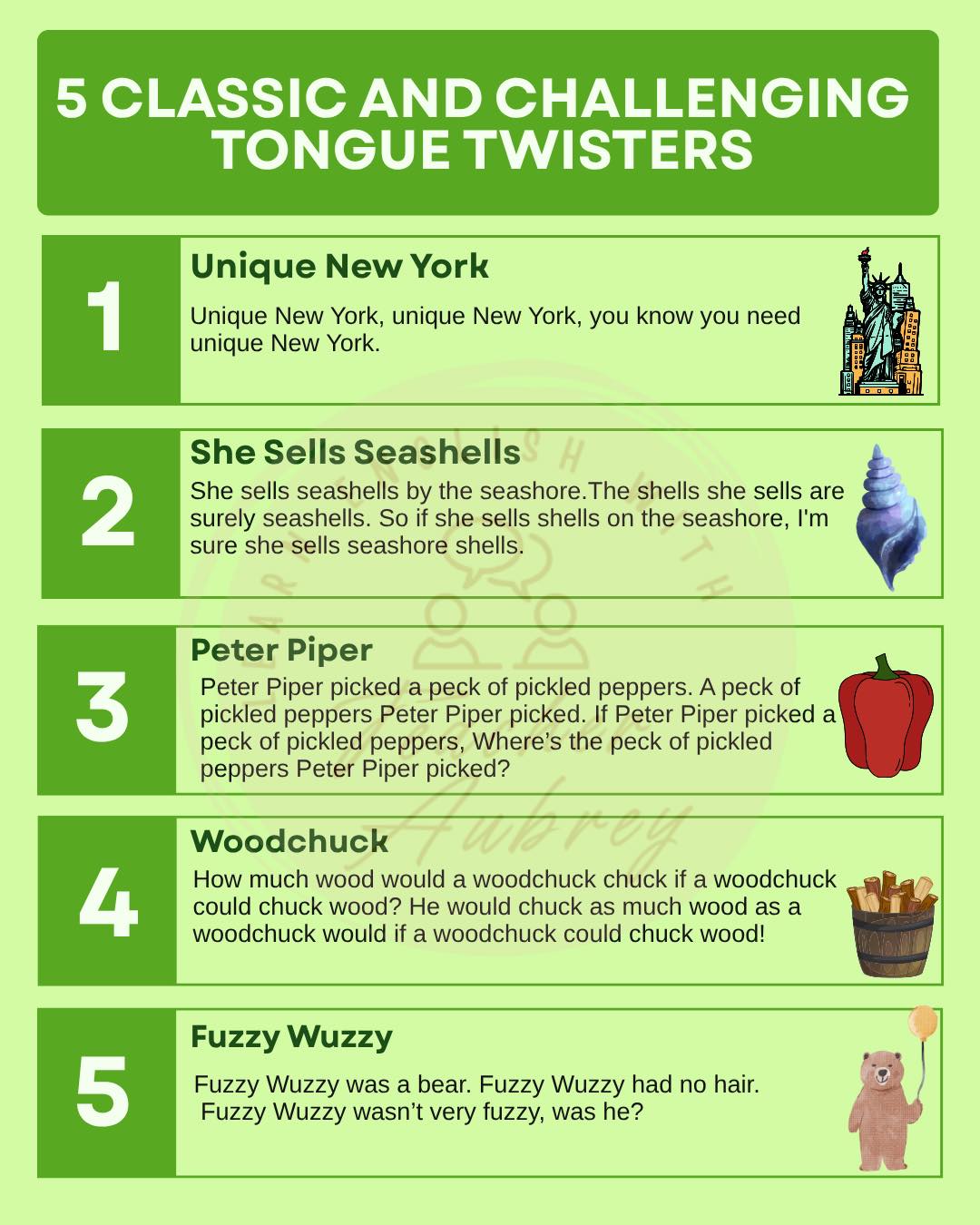Updated on December 10, 2025
A game made by our Spanish friends
Here is the game our friends from Spain have created to have fun with Burglar Bill! Enjoy!
https://kahoot.it/solo?quizId=8b5d3e1f-b6e9-47b9-8078-b37edd75f006
Updated on December 8, 2025
Burglar Bill’s diary
Follow the link to find Burglar Bill's diary and make your entry!
Updated on December 8, 2025
A day in the life of Burglar Bill
Imagine you are Burglar Bill and you are keeping a digital diary. Write a comment below the post describing one day in his life — the events, his thoughts and his feelings.
Find 1-2 pictures to add to the digital diary, or even record your voice to bring your diary to life! You can save your pictures or audio files on a USB stick.
| Step 1
Think and discuss! |
When does he get home? What does he carry in his bag? What does Burglar Bill do in the morning? What does he eat? What does he do with the things he took? Does he meet anyone during the day? What is the weather like, and does it affect what he does? Does anything surprising happen to him today? What problem does he face, and how does he solve it? What does he think or worry about? What does he hope for? What does he plan to do that night? |
| Step 2
Make a graphic organiser!
|
Places, Actions, Feelings, Objects from the book |
| Step 3
Use sentence starters, word banks, and dictionaries for support! |
I walk back home early in the morning and… I feel tired because… I look at the things I bring home and… I sometimes feel… I feel happy when… I walk around the house and I see… I check my bag and I find… walk home, sneak / creep, make tea, eat breakfast, look around, check my bag, carry things, open a tin, sit down, fall asleep, yawn, think / wonder, feel tired in the morning, in my house, with my bag, in the kitchen, on my chair, because I am tired, with toast and beans, with my black teapot tired, hungry, proud, curious, worried, surprised, lonely, guilty, happy |
Here is an example!
Hello, diary!
It's just after sunrise and I am going home! My bag is heavy tonight, and I feel proud of my “collections,” but also a bit nervous. I hope nobody sees me!
When I get home, I switch on my black teapot because I really want a cup of tea. While the tea is boiling, I make my breakfast: a slice of toast, some marmalade, and a bit of date-and-walnut cake.
After breakfast, I look around my house. Everything is quiet. I feel a little lonely, but at the same time I feel safe in my small home. I think about the people I "borrowed" things from tonight. Maybe they are waking up now and wondering where their things went. I feel a bit guilty, to be honest.
Now I can’t stay awake any longer. I sit in my favourite chair with my cup of tea. My eyes close, and I fall asleep. Another day — or night — of being Burglar Bill begins and ends just like that.
Goodnight… or maybe good morning!
Posted on November 21, 2025
Vocabulary practice and more … with Burglar Bill
Updated on November 20, 2025
Big questions with Burglar Bill

Let's compare:
- How many houses does Burglar Bill visit the night he works behind the police station?
- Is it ever okay to steal?
Which question makes you think more deeply?
Which one has only one correct answer?
Philosophy ... thinking about big ideas and big questions.
I wonder ... I am curious to know!
- I wonder why…
- I wonder if…
- I wonder what would happen if…
- I wonder whether it is right to…
A philosophical question is a question that makes us think about…
It is not a yes or no question, it doesn't have one right answer!
Word bank:
|
WONDER → THINK → QUESTION
Philosophical Questions from Burglar Bill |
|
We listen and respect others’ ideas.
Updated on November 10, 2025
Are you ready to beat Burglar Bill in a tongue twisters’ challenge?
Give them all a try and write which one is the most challenging for you!

Updated on October 27, 2025
Practise vocabulary with Burglar Bill: Getting to know him
Don't forget to log in!
Updated on October 27, 2025
Halloween fun!
Click to play spooky games and quizzes!






